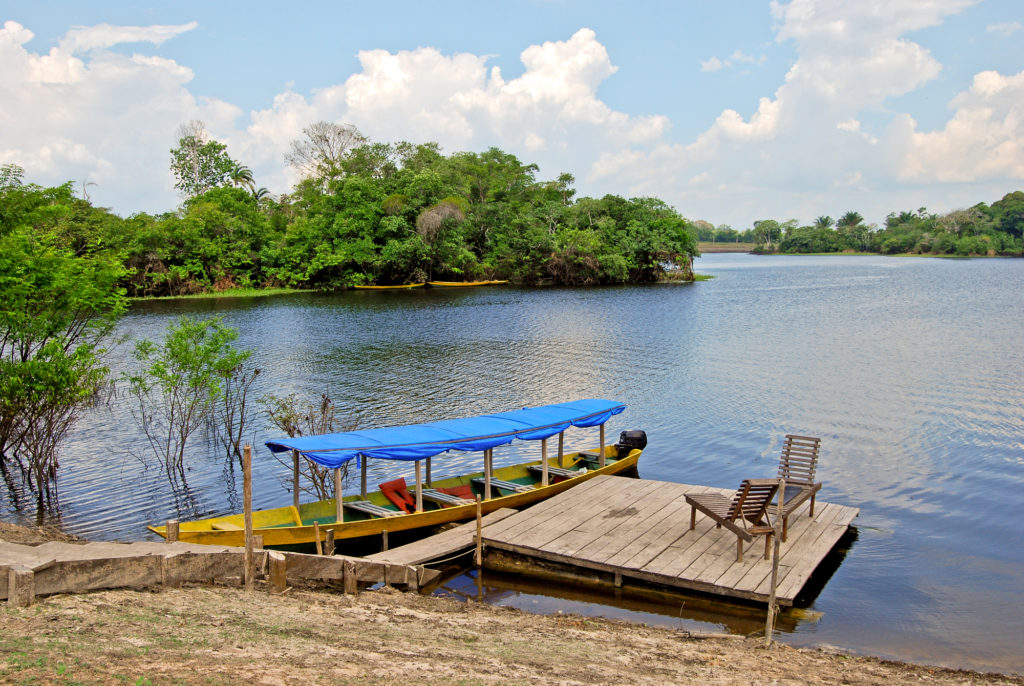
A trip to the Amazon, whether you’re going it on your own or you’re booking Amazon tours, can be an amazing experience but also one filled with adventure and perhaps a bit of apprehension.
The Amazon is a river spanning an astounding 4,400 miles with thousands of tributaries. It has a 2,600,000-square mile basin. There are more than 30,000 plant species, 1,300 bird species, and 311 mammals found in the Amazon.
The Amazon also flows through Brazil, Columbia, and Peru.
If you’re going to the Amazon Rainforest, you’ll have to pick a country that can include Bolivia, Ecuador, Peru, Colombia, Brazil, or French Guiana.
The Amazon is wild and exciting, but there are also things you should know as you prepare for your travels.
The Amazon is a place you want to visit, especially if you love nature and wildlife, and the following are some tips and general things to keep in mind.
Arrival
The largest city in the Amazon region is Manaus, and that’s a good starting point for your trek into the jungle. This is where a lot of tour operators begin their trips, and as far as tours go, you can find everything from very bare-bones budget-friendly tours, to luxury tour experiences.
If you start by traveling into Manaus, you can reach it from direct flights arriving from throughout Brazil. You can also reach Manaus via Miami. If you’re going to Manaus, you can take a boat from other parts of the Amazon, but it’s going to be a lengthy trip.
600 km from Manaus is Alter de Chao, which is typically where people start their boat trips on the Rio Tapajos. It’s an Amazon tributary. If you do start at Manaus, be aware that there are pickpockets around the tourist-heavy areas, such as near the ferry stops.
In Manaus, it’s not uncommon for people to approach you offering tours, but be wary. It’s better to plan ahead before your arrival.
The best time to go is usually in May or June because this is a period in between the rainy months that last from February to April and the hot months of September through November.
Health
You’ll have to think about your health and wellness in advance of your trip to the Amazon. The specific vaccinations you need before you leave will depend on the countries you’re going to go to.
As an example, Manaus and other parts of Brazil have a lot of malaria cases, but areas of Colombia near the Amazon don’t.
The majority of the Amazon is considered a malaria zone, so you may need to start treatment before you depart and continue taking your medicine while you’re traveling. Hepatitis, yellow feverandtyphoid vaccines will also likely need to be up-to-date.
You’ll need to carry plenty of DEET to keep the mosquitos away as well.
River Boats
One of the ways people see the Amazon region is by riverboat. Riverboats can give you a unique perspective, but there are challenges with these options. First, these boat rides take a long time, and the boats are very cramped and not exactly what you might think of when you consider a luxurious river tour.
You’ll need to bring a hammock, and since the boats are so crowded, you may find yourself fighting for space to hang said hammock.
Think about bringing your own food as well, because you won’t get much more than chicken, rice and beans, and food poisoning or salmonella are possible.
Boat tours can last anywhere from 5 to 10 days.
If you want to spend more for a higher-end experience, there are luxury boats available, with suites, plunge pools, and dining rooms.
An alternative way to see the Amazon is to fly to your location and to stay at a jungle lodge.
These jungle lodges include private rooms, and you’ll have meals in a family-style setting. Whether or not electricity is always available or bathrooms are private depends on where you stay and how much you pay.
Tour Operators
Finally, it’s been touched on, but really the best option available to you, if you want to experience the Amazon, is to work with a tour operator. There are a lot of things to think aboutfrom how you’ll get place-to-place, to how to manage certain risks.
You’ll need a tour operator to manage inland transfers and even arrange for food and drink for you.
Not having a local guide isn’t just risky, but it’s not going to allow you to get the most out of your trip.
